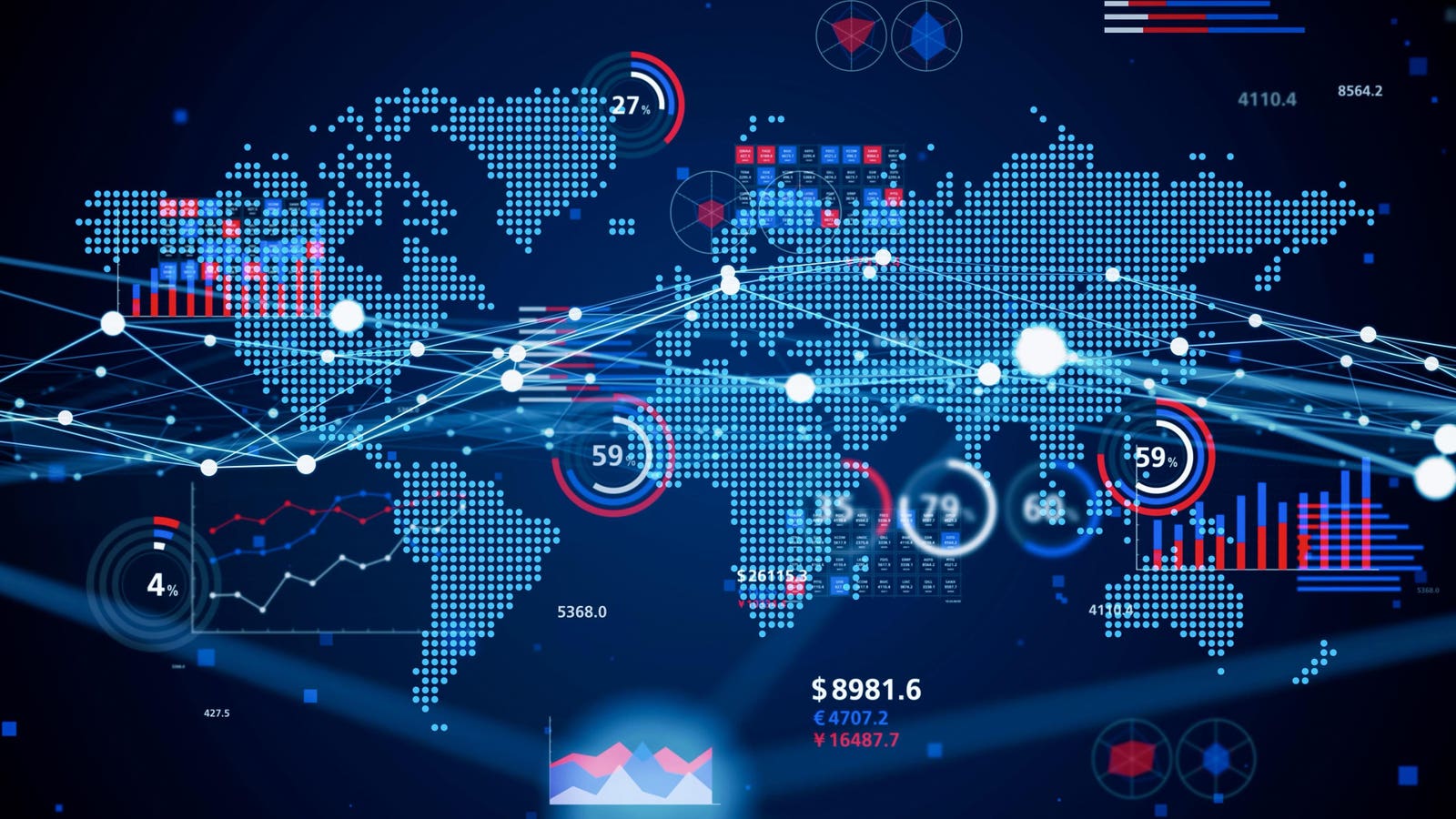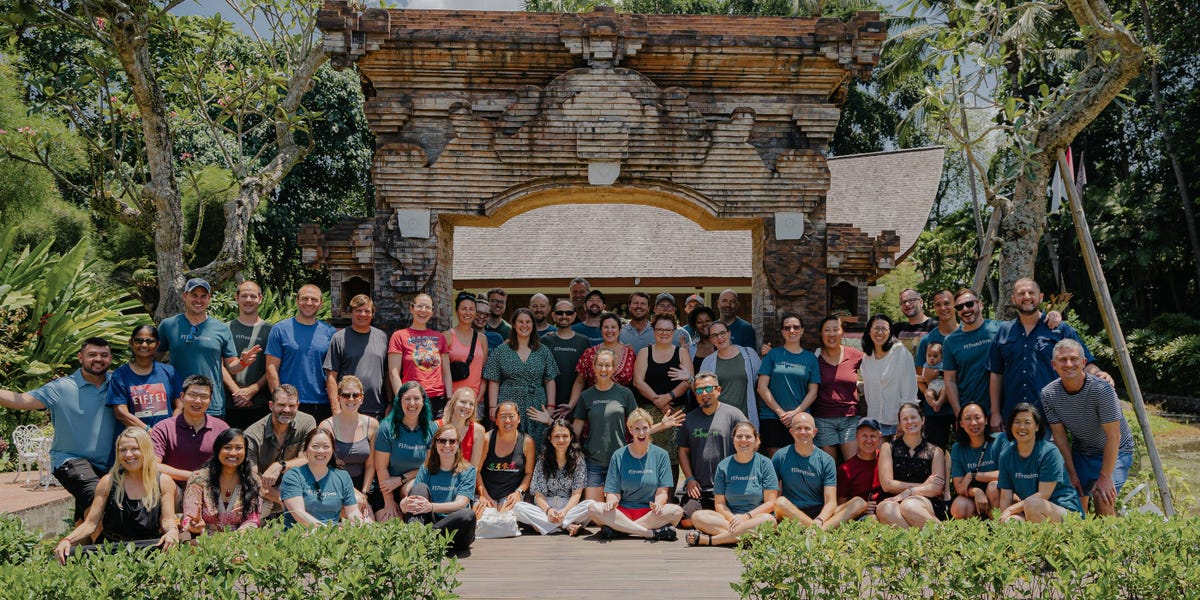Organizations that integrate location data with AI create continuous awareness of changing conditions.
getty
Most business leaders focus on the usual metrics – productivity, efficiency, resilience, growth. But the most competitive companies optimize for a more fundamental objective: response time.
How quickly can your organization spot an emerging problem, assess its implications, and act? That ability to shorten decision cycles depends on having real-time intelligence about where and how conditions are changing across your operations, risks, and markets.
Companies excelling at this level of decision intelligence are using powerful mapping and analytics technology enriched with artificial intelligence. This capability, known as geospatial AI, creates a continuous monitoring system for their business. Three examples:
- Logistics optimization at scale: A US logistics company used AI-powered mapping to analyze 100 million miles of fleet operations data. This revealed inefficiencies in route planning that were costing the company $400 million annually. Managers could see exactly where delays, fuel waste, and sub-optimal routing were occurring, and fix them.
- Supply chain transparency: A German car maker quickly sees supply chain risks and opportunities. An AI-enhanced mapping system designed to guide commerce gives analysts the insights they need—from the factory in Berlin to a retail store in Palm Springs and all the locations of parts and service providers in between.
- Field operations without guesswork: A residential construction firm in Las Vegas, Nevada, reduces costly errors. The precision of digital maps and augmented reality accurately outlines the perimeters of hundreds of new homes for crews in the field—a workflow upgrade from manual processes.
The competitive advantage: organizations that integrate location data with AI create continuous awareness of changing conditions. They see issues as they develop and respond accordingly.
That real-time awareness accelerates the decision cycle – from awareness to understanding to action. It’s more than doing things faster. It’s knowing what’s happening faster.
How do business teams get reliable decision intelligence? They have access to real-time data and continual situational awareness through interactive mapping platforms that integrate multiple data sources.
These systems combine satellite and drone imagery, sensor networks, logistics data, infrastructure maps, demographic information, and other data types with a location component. The result is a continuously updated view of operations, markets, and risk.
This gives teams the ability to do something previously out of reach: compare current conditions against historical patterns, predict what might happen next, and evaluate multiple response scenarios simultaneously.
The competitive implications
A supply chain manager can issue a single command to map all regional suppliers, calculate transportation distances and transit times, and assess regional biodiversity impacts. This is complete visibility, from source to sale.
A retail executive can analyze store performance by layering sales data with data showing demographic shifts, psychographic trends, competitor locations, and traffic patterns to understand which locations are underperforming and why.
An insurance executive responding to a hurricane can use generative AI to create a simple app for policyholders. Geospatial AI capabilities in the app can analyze photos of a hurricane-hit property and immediately assess the magnitude of damage to prioritize claims processing.
Here’s the strategic shift: When AI-enhanced mapping and analytics capabilities are distributed across an organization rather than siloed in specialist teams, decision-makers at every level share a common operating picture. This creates alignment around mutual objectives, whether it’s managing risks, allocating resources, or identifying opportunities.
With more information available faster and from broader data sources, organizations can move from reactive to proactive decision-making. The competitive advantage of faster response time suddenly becomes achievable.
To learn more about how mapping and analytics can help businesses respond in real time to risk, changes in customer demand, and market conditions, visit esri.com/en-us/cp/enrich-business-intelligence-with-location.









